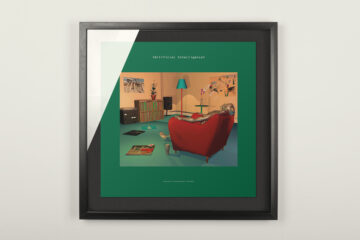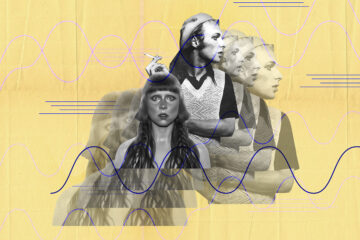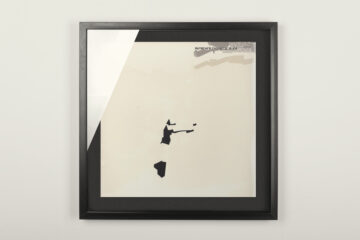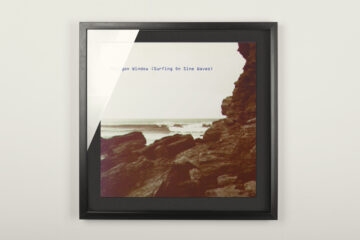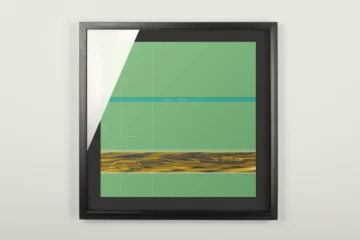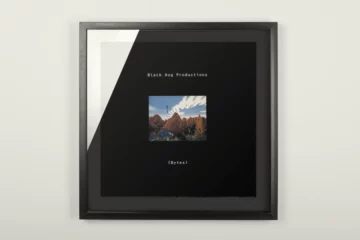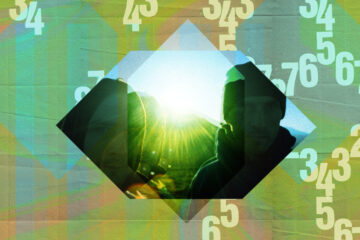Autechre fans can still get their knickers in a twist over any release by the duo. Their debut album »Incunabula« from 1993 is often a reference – perhaps even starting point of the conflict – which spills over into all discussions about the other albums. On one side are the fans who have taken the melodiousness, clarity and relatability of the debut album to their hearts. On the other side linger the fans who – well – simply celebrate whatever Autechre send over to them from their respective abodes in the universe. Between these two extremes, the small feuds are fought out in the forums and comment columns.
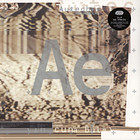
Incunabula
The fact that it’s Autechre’s official debut album (the duo had already released an eponymous album as Lego Feet on Skam Records in 1991) that is this nucleus may be due to the fact that with “Incunabula” Autechre still had both feet on planet Earth. The album bears references to which listeners can relate. It is understandable and easily accessible. The memories of Bleep & Bass with its metallic beats, competitively overly rumbling sub-basses and often squawking synths. The clearly traceable structures and tangible melodies. The then zeitgeist of the chillout zones with their trippy soundscapes for extended drug use. It’s all there.
Pushed into a genre corset
It was precisely the latter that Autechre’s label Warp Records was trying to capture at the time of release with its clever “Artificial Intelligence Series” branding campaign. Between 1992 and 1994, the Sheffield-based label (which has resided in London since 2000) successfully positioned itself with this brand as THE label for Electronic Listening Music, which was supposed to develop an alternative to the fatiguing UK club and hardcore scene. In the three years under the “Artificial Intelligence Series” banner, groundbreaking albums were released by Polygon Window (aka Aphex Twin), F.U.S.E. (aka Richie Hawtin), Black Dog Productions, B12 and Speedy J. Naturally, in the eyes of the label heads, Autechre were supposed to fit into this grid.
»It isn’t the album that we would have put together. It’s the album Warp put together from hundreds of tracks that we had«
Sean Booth
Though, in fact Autechre’s debut was meant to sound like the »Warp Tapes 89-93« that Sean Booth and Rob Brown released for free as a two-hour archive mix on their site in 2019. »The main reason why the [Warp Tapes] tracks never came out on Warp was that they were fixated on this brand, this Electronic Listening Music thing. [Rob Mitchell] would say]: Yeah, it sounds good but it sounds a bit old«, Sean Booth explained in one of his 2022 Twitch-AMAs (Ask Me Anything).
In the end, it took Autechre two years of music-making to get »Incunabula« together and appease Warp founder Rob Mitchell, who was their A&R at the time. And even if the music is Autechre’s, the album is not, as Booth acknowledged in the AMA: “»ncunabula sounds like a very curated album. It isn’t the album that we would have put together. It’s the album Warp put together from hundreds of tracks that we had.«
Between Zeitgeist music and ahead-of-the-game
The resulting inconsistency remains noticeable 30 years later. Where Autechre’s subsequent albums always follow some kind of motif or aesthetic central idea, “Incunabula” appears fragmented. The label-imposed obligation to fit into the branding corset even makes “Incunabula” an anomaly in Autechre’s oeuvre. It is one of the very few of their releases where one can put a clear time stamp on it. And it is the (only) reason why they are still listed by journalists under the detested genre term IDM.
At the same time, it can be read as a sign that “Incunabula” was the last artist album of the Warp campaign before it was officially concluded in 1994 with the compilation “Artificial Intelligence 2”. Because despite the referenceability and the zeitgeist sound, Autechre had outrun all other artists of this questionable genre by miles with their debut at the end of 1993. In the micro-worlds of the individual tracks, Autechre already showed an impressive finesse in fusing their hip-hop and electro past with a great love for the sound of old Midiverb and Quadraverb devices, acidlines, meticulous mutations and spatial sound localization.
Autechre obeyed to Warp’s zeitgeist requirements only once more – with the successor “Amber” (1994), which they delivered for the label’s sake exactly as they thought the management wanted it. After that they left the local realms and have been sending signals from the musically uninhabited corners of our universe ever since.


